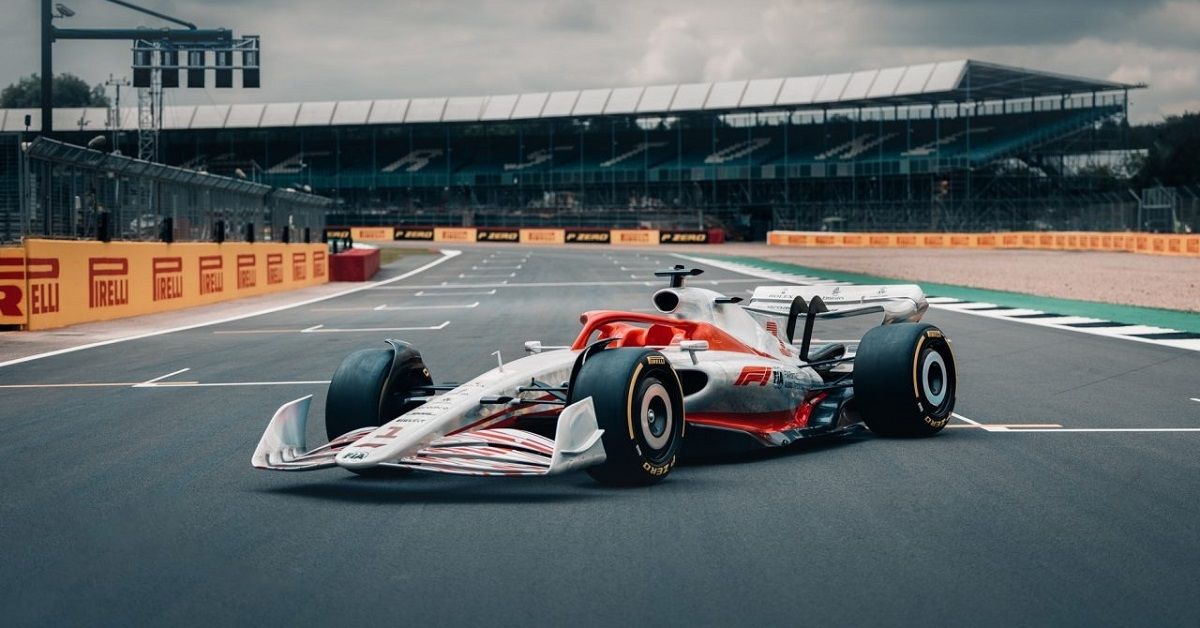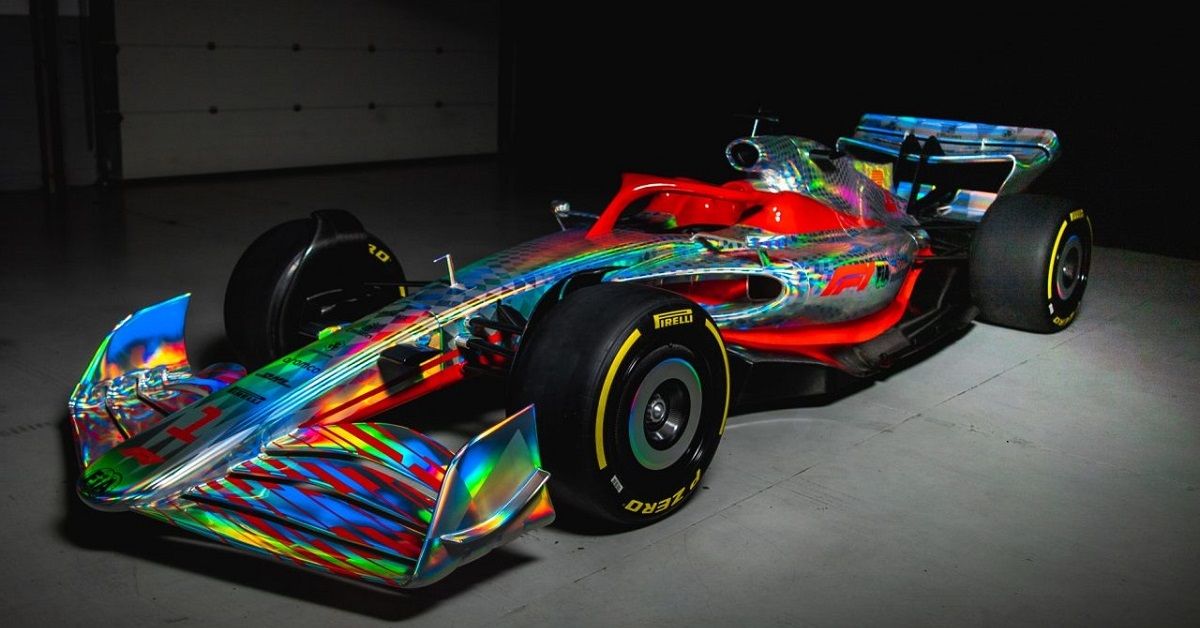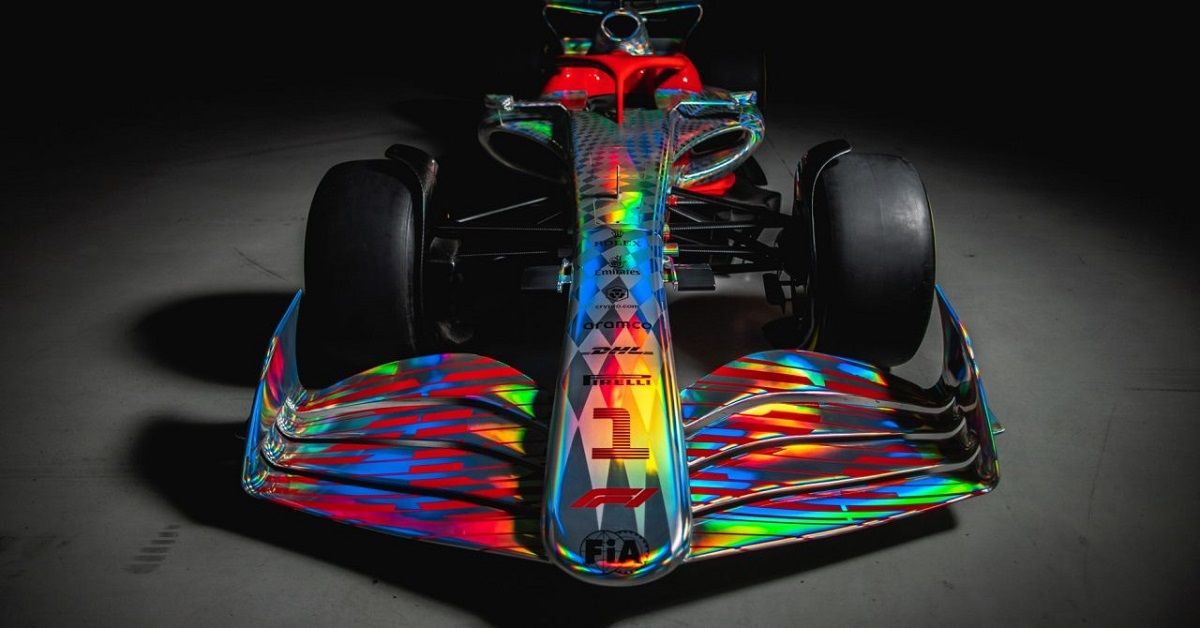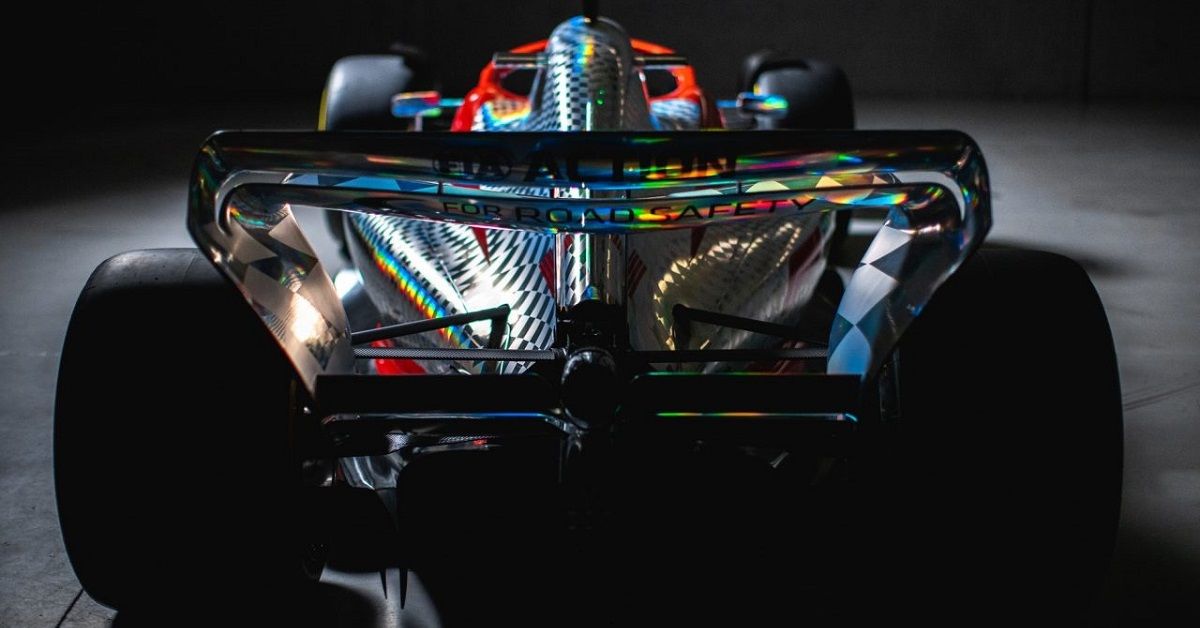Come 2022, Formula One will witness one of the biggest changes in its technical regulations in more than four decades. What’s the need of doing that? If you have had the pleasure or patience to watch an F1 race in the last few years, you would have realized that there’s a huge disparity in terms of performance between the teams with bigger budgets (Mercedes, Red Bull & Ferrari) and the rest. Also, there isn’t much actual racing going around.
This was turning into a big problem for F1 as fans endlessly complain about how predictable and processional Formula One has become these days. In recent years, the dominance from a single car/driver didn’t help F1’s case either – Lewis Hamilton has won six driver’s championships since 2014, while Mercedes have won a record seven consecutive constructor’s titles during the same period. And the one time that Hamilton couldn’t win the championship in 2016, guess who beat him to it? His Mercedes teammate, Nico Rosberg. See the problem now? F1 turned into a one-man or one-team show. And this is why fans won't stop ranting. Eventually, many started losing interest, which isn't good news for any business or sport.
How Does F1 Plan To Change The Game With New Regulations in 2022?
The problem is twofold. First, teams with bigger budgets have more resources, meaning more cash flow into the research and development of their cars. As a result, bigger teams are obviously the front runners while teams with the lowest budgets are the tailenders. Secondly, the current F1 cars are technical masterpieces – they develop a crazy amount of downforce, which results in immense grip levels around corners. However, as impressive as the aerodynamics of an F1 car is, it does have a negative bearing on the spectacle of racing. You see, with so much downforce and complex engineering around that, an F1 car struggles to operate at its maximum potential if it doesn’t get clean air to run. Now, that’s perfect if you are Lewis Hamilton and leading a race comfortably, but it’s not so great if you’re Max Verstappen in a Red Bull car stuck behind Hamilton's Mercedes. That’s because when a current day F1 is following a car closely, it can lose up to 47% of downforce, which results in reduced aerodynamic performance. And this means fewer chances of overtaking a car in front, and sleep-inducing racing for fans watching from home
To fix both these problems, F1 has come up with a budget cap for all teams and has also introduced a new set of technical regulations from 2022. For 2021, the budget for each team was set to $145 million. Going forward, it’ll be reduced further – $140 million for 2022, $135 million for 2023, and so on. The new technical regulations were also supposed to come into force from this year, however, they’ve been delayed by another year, thanks to the disruption caused by the COVID-19 pandemic.
According to F1, the new technical modifications will help make racing a closer and more exciting affair for drivers, teams, and fans. To ensure that, the governing body or FIA has introduced several updates for F1 cars in 2022. And to give us a glimpse of the future of F1, a concept model of the 2022-spec Formula One car was showcased ahead of this year’s British Grand Prix at Silverstone.
So, let’s take a detailed look at the 2022 F1 car and see what all changes have been incorporated in the new car on the design front.
F1 2022 Car: A Complete Overhaul With Simpler Aero
To eliminate the aerodynamic losses due to dirty air, the 2022 F1 car will have a relatively simpler design as compared to the current cars. As a result, the front wing and nose design is relatively neutral and less complex than the existing 2021 car. The front wing no longer has inner tips, meaning it’s less aerodynamically sensitive while following a car closely.
Next, the tires and wheels. Instead of the 13-inch rims of the current car, the 2022-spec F1 car will roll on 18-inch wheels with low-profile rubber. It’ll also feature over-wheel winglets and wheel covers to help maintain a clean airflow.
The rear wing has been completely redesigned. Not only is it visually different from the current one (rolled tips instead of straight endplates), the new design will also help draw the dirty air coming off the car and push it up and over the car behind rather than blowing it directly into it. The new wing retains the Drag Reduction System (DRS) moveable flap from the current cars.
Another important update in the 2022 car is the re-introduction of ‘ground effect’ aero, which was first seen in F1 cars in the 1970s but was banned in the early 80s. The new floor design features fully shaped underfloor tunnels as opposed to the stepped floor design of the current car. This will help create more downforce through the ground while chasing a car at a close distance.
With all the changes in place, the 2022 F1 car is going to be slightly heavier than the current car – the weight will go up by 5% (1,658 lbs to 1,742 lbs). The increase in weight is because of bigger wheels & tires and a reinforced shell for improved safety.
The final design of 2022 F1 cars may differ from the concept model shown here as it will greatly depend on a team’s interpretation of the rules.
Is There Any Change In The Power Units of the 2022 F1 Car?
No, the 2022-spec F1 car will continue to be powered by the same 1.6-liter V6 turbo hybrid unit as the current cars. That said, there are some small changes in store, like more standard components in the fuel system and the use of a higher grade of sustainable fuel. From the current 5.75%, the bio-component ratio of the fuel will increase to 10%. To achieve this, E10 fuel will be used (10% ethanol content in the fuel).
All told, the prospects of F1 in 2022 – as far as the racing action is concerned – are certainly looking promising.
But will it materialize into a closely stacked and level playing field? Well, we’ll have to wait until 2022 to find that out. Fingers crossed!




